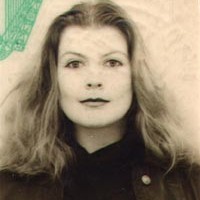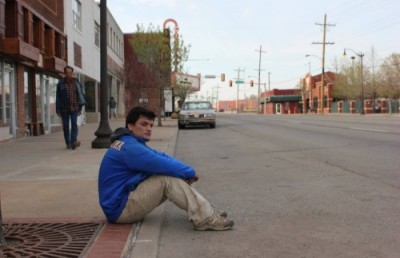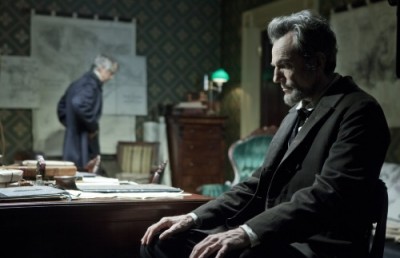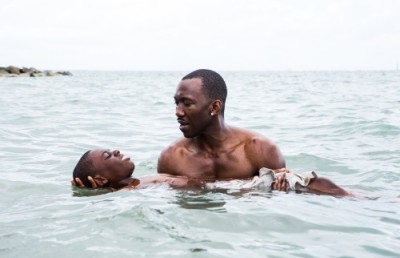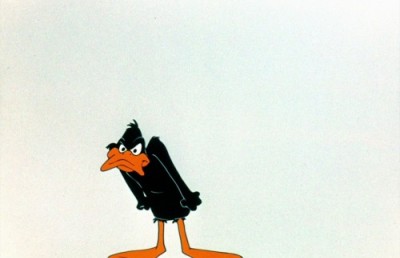Sofia Coppola: A Cinema of Girlhood
Review of Book by Fiona Handyside
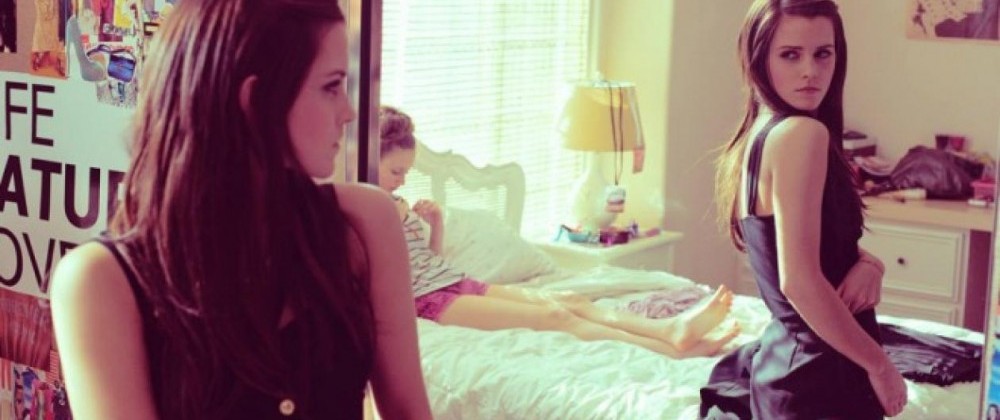
Sofia Coppola: A Cinema of Girlhood
Fiona Handyside
London, I.B. Tauris
pp.ix+201
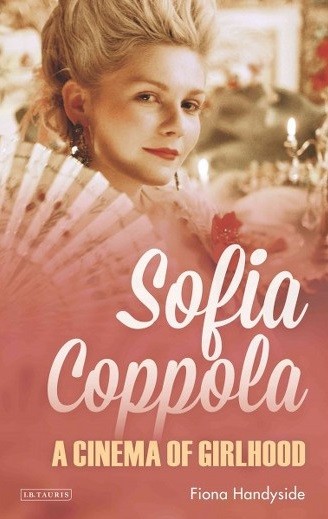
What fascinates the observer about Sofia Coppola is not merely her parentage but the fact that she has created such an individual cinematic imprint – a focus on not merely female stories but the feminine, in what can be read as an affective cinema about girlhood in an era of postfeminism which privileges girlish experience. Fiona Handyside’s book seeks to position Coppola as a distinctive auteur within a discourse that expands upon notions of feminism which nonetheless exhibits supposedly paradoxical tropes and interests that appear antithetical to female empowerment.
The hypervisibility of girls in the culture prompts this lively exploration of this very contemporary auteur. The field of girlhood studies has fertile ground to explore in terms of cinema and the oeuvre of Coppola is fascinatingly generative, a manifestation of empowering feminine pursuits masterfully embodied by Marie Antoinette (2006), a film which is much more than a paean to Ladurée macarons, despite its detractors. This crossover area has been steadily growing, starting perhaps with the groundbreaking work of Angela McRobbie but part of film studies proper particularly since a 2002 collection of essays edited by Frances Gateward and Murray Pomerance. Handyside’s previous work seems to lead logically to this destination, a study of the most fascinating woman director currently making films dedicated to the experience of the girl in the twenty-first century.
Structured across four densely referenced chapters, the author commences by addressing the issue of Coppola’s heritage and its implications for her position in the cultural imaginary. Francis Ford Coppola may have mostly retired to his vineyard these days but one of his favourite vintages is the Sofia, named for his filmmaking daughter: he describes it as “revolutionary, petulant, reactionary, ebullient, fragrant, cold, cool.” His daughter reportedly finds the description embarrassing. Be that as it may, it is a useful summation of her style and her authorial signature is so recognisable that her unmade live action The Little Mermaid remake for Disney (they parted due to ‘creative differences’ i.e. the studio’s proposed casting of Chloe Grace Moretz) spawned a spoof trailer on a YouTube channel.
The author states of this discursive area, “girlhood is a place of fantasy, experimentation, evasion, transcendence, standing not temporally before womanhood but rather alongside it” (67). Much of the book’s structure rests upon the idea promulgated by Rosalind Gill of postfeminism’s operation as cultural sensibility and this is traced in a framework that seeks to explore Coppola’s identity as an auteur who nonetheless uses girlish objects and motifs to explore contemporary female experience. The definition of author/auteur – producing films, making a set of narratives with individualised tropes that can be analysed biographically – is an argument derived from Timothy Corrigan and it is made more complex by the idea of shifting trilogies within the body of work (the lost girl, the male melodrama) as well as the blurred boundaries between private and public, a concept literally figured within Coppola herself: daughter of a famous auteur, with an uneasy attitude to families thematically identifiable throughout her films. Within a broad authorial persona that encompasses fashion, travel, photography and commercials, part of Coppola’s brand is the very girlishness she explores – sparkle, luminosity, low-brow sparkling happy objects, adornment – and how it is presented in terms of the look. She is part of ‘Indiewood’ insofar as her films are packaged outside Conglomerate Hollywood but rely on complex financial mechanisms before studios come on board for the final stages of distribution, and occasionally, marketing.
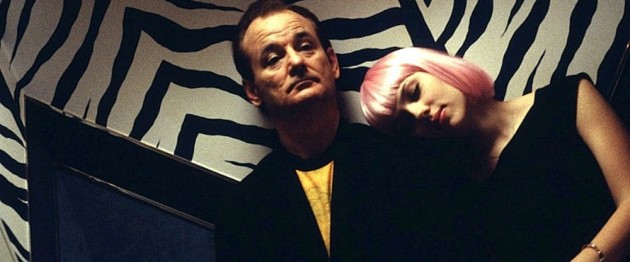
Lost in Translation
Coppola’s work is part of ‘smart’ cinema, something defined by James Sconce a year before the release of that paean to hotels, jet lag and lost love, Lost in Translation (2003) when Coppola became the first American woman writer/director to win an Academy Award for Best Screenplay and to be nominated for Best Director. Sconce’s idea of the Gen X filmmaker whose blank expressivity lacks structural or institutional critique gives a good insight into the static tableaux and affectlessness that characterise Coppola’s work and invite sometimes damning reviews. As Handyside clarifies, however, Coppola’s work is rendered both problematic and more attractive by virtue of the careful curating of her celebrity brand on the one hand (a fact that the author finds crucial to Coppola’s negotiating of her market-led auteur identity); and, on the other, her preoccupation with the female gaze. She incarnates postfeminist concerns – culture, celebrity, fashion, fame, travel and has an impressive nexus of powerful friendships within and outside cinema. This permits her to shoot in glamorous real locations otherwise unavailable (Tokyo Hyatt, Chateau Marmont, Versailles, Paris Hilton’s home). Coppola’s own position in the industry speaks to the tensions between the permeability and entrapment that her stories consider as she picks her way through the modern world, a stylish Renaissance woman whose heroines never grow up.
Commencing with a short (Lick the Star) which knowingly pays homage to Les 400 Coups (Truffaut, 1959) the Ur_-film of auteurism, she continues to articulate the discomfort of the male gaze. With her adaptation of _The Virgin Suicides (1999) the beautiful Lisbon sisters are literally framed in the window of the neighbourhood boys and take their own lives rather than remain objectified in a home where daughter Lux claims not to be able to breathe. It is a story narrated by a middle-aged male. As the daughter of the principal figure in New Hollywood Coppola knows better than most what it’s like to be forgotten in the midst of the making of a film and in Somewhere (2010) Stephen Dorff is the actor literally driving in circles in his sports car, but his wise beyond her years ice-skating daughter Elle Fanning gives him some ballast while they live in the Chateau Marmont and a hotel in Italy, the Coppola family’s ancestral home, in the only one of her films to allude properly to her father’s ethnicity. Family tragedy in the form of the loss of her older brother Gio is indirectly recalled in the Lisbon girls’ deaths in The Virgin Suicides and the death of her children and her own anticipated death by hanging in Marie Antoinette as the sun sets on Versailles; the use of fashion as power in The Bling Ring (2013), a premise that cultivates the paradoxical promise of individual celebrity power through mass production (and product placement), summons up Coppola’s original avocation. It is in these margin notes of her films that critics read something
autobiographical and personal.
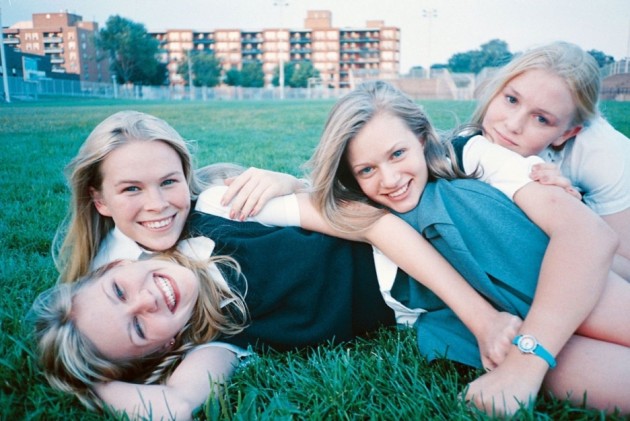
The Virgin Suicides
The exploded home as an idea representing the fractured impossibility of domesticity and the failure to progress to adulthood is modelled on an idea originating with Bakhtin – the chronotope – a term he borrowed from science to express the way time and space are configured in language and discourse. The heavily-worked argument makes for difficult reading but gets there in the end as the author suggests that despite its definition as gendered (female) space Coppola’s lost girls never fully achieve maturation and they can make home anywhere – hotels, palaces, but they are never truly at home in a relational argument that uses the imprisoning location as metaphor for girls’ bodies. The big idea of the ironised blurring of the public and private which lately limits female experience to repetitive experiences (remember cupcake-making, that particularly Noughties fad?) but promises escape through the mediating links of television, the internet and music to outside worlds, is finally compared with the mutating body of Alice in Wonderland, a girl who literally gets too big to be contained psychologically by the domestic space. For Coppola, Handyside argues, “girlhood is a private knowledge, but also a public concern” (114). Owning alluring things positions girls emotionally and ambivalently within a public discourse that does not however permit full female articulation.
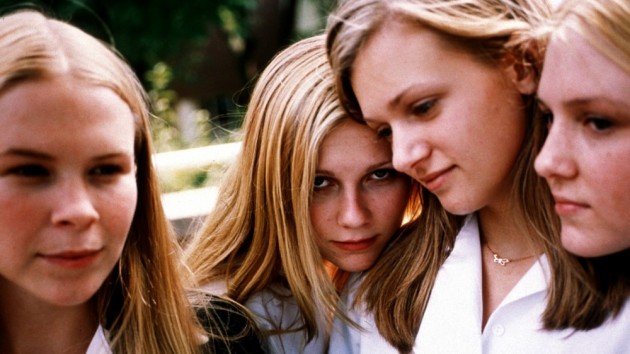
The Virgin Suicides
Controlling the female body by public ritual (dressing and giving birth are carried out in front of an audience) is explored in Marie Antoinette (2006), which radically reimagines the protagonist’s private space framed within the female gaze and posits the construction of the self within the modes of fashion and feeling. In the postmodern costume film these are valid markers that exercise authority on the subjectivity of the protagonist and of the viewer’s sympathies producing a feminist discourse which has bred innumerable studies in the areas of fashion (it even has a blog dedicated to it). In the case of Coppola these ideas are given wider cultural import by her positioning as celebrity – frequently photographed on magazine covers to publicize her films, a very unique marker of celebrity among film directors. She is also identified as a fashionable individual through her work in the industry – her clothing line is still sold in Japan, she has a Louis Vuitton bag named after her and she shoots commercials for brands like Dior where you can detect her customary diffused saturated palette and the characteristic storytelling through song.
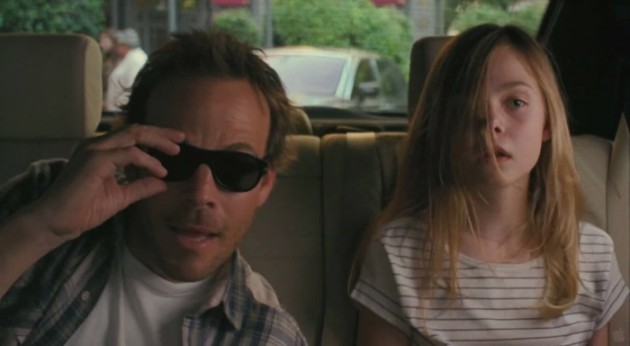
Somewhere
The Coppola girl is the figure through which the director expresses concerns about contemporary society, most distinctly with The Bling Ring, her first film to deploy digital technology after a decade and a half dedicated to 35mm and retro lenses. The insistence by cinematographer Harris Savides that she shoot this way, using different styles for every burglary, plays into the thematic motifs of the film itself – surveillance, paparazzi, reality TV, second-hand goods covetable only because of their prior ownership by D-list celebrities famous for displaying their lives. It reminds us that it is possible to analyse Coppola’s work as a politics of form, an aesthetic of resistance, and that girlish experience in the contemporary world is primarily digital. The entire film is about the ironic ownership of girlish objects through looking (acquisition and ultimately theft). The female gaze is problematized by making the sole onscreen commentator the gay Marc (Israel Broussard) whose hero-worship of thieving Rebecca (Katie Chang) sees him imprisoned: he is the only one of the gang we see in cuffs and orange jumpsuit at the film’s conclusion, the lipsticked stiletto-wearing male punished for looking too much. Taking ownership of the gaze is given much ironic expression in this complex text. If Marie Antoinette is, as star Kirsten Dunst describes “a history of feelings,” the very materiality of this film’s construction expresses Coppola’s bittersweet sorrowful distance from the alien culture she portrays. The bigger irony of course is her own celebrity and the fact that when this film was released her image was used to publicize it. She continues to be designer Marc Jacobs’ classic Girl with her understated style, even if her own strong Mediterranean features are never seen amongst her white, blonde WASP cinematic protagonists. Indeed Handyside refers to her use of ‘whiteness’ as visual in a set of texts which privilege Caucasian experience but this area of the argument is not wholly convincing given the origins of the main protagonist (or culprit) in The Bling Ring. Despite Coppola’s propensity for Deleuzian ‘luminosity’ and sun-drenched girlhoods, she keeps darkness visible, unsentimental about friendship and thorough in her investigation of commodification, anxiety and unhappiness.
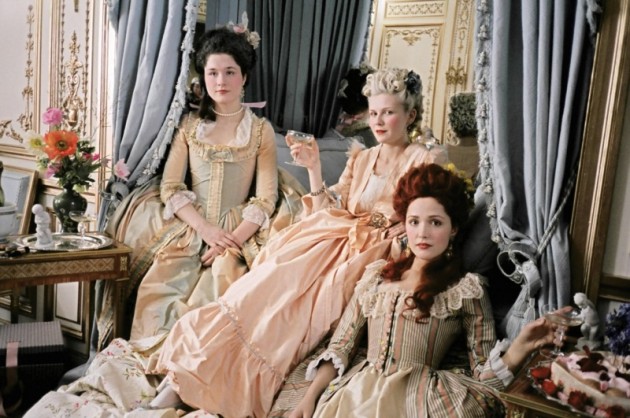
Marie Antoinette
In a book whose major focus is the concept of agency, Handyside’s concluding chapter naturally returns to the issue of authorship of which critics appear to deprive this unique filmmaker on the basis of her father’s prior achievements. Coppola’s very signature is paradoxical, critiquing and embodying agency and form while sympathetically indulging aspects of girl culture and going beyond the limits of girlhood dramatized by Hollywood studios. Daughter-auteur indeed. The core of this volume and its significance derives from the increasing interest in the area of girlhood studies and Coppola’s unique cinematic work in reframing the female gaze. Just as Coppola’s films appear frivolous and disengaged at first, this volume reveals unexpected layers of meaning and expressivity, a cornucopia of female preoccupations and enlightened readings of ideas that reach very different conclusions than the teen girl genre with which Coppola’s work appears most closely associated. In a proliferating text whose sources are representative of cinema’s cross-fertilising academic replication within girlhood, celebrity, fashion and (post)feminist writings, this succeeds in making a powerful case for Coppola’s position as an auteur whose work creates a resistant postfeminist commentary in narratives that foreground female subjectivity but where girl power never translates to woman power. Coppola’s films exemplify the issues and contradictions of post-feminism. Her interpretation of the female experience makes her one of the most notable and interesting of contemporary writer/directors. Sofia Coppola knows what it feels like for a girl.
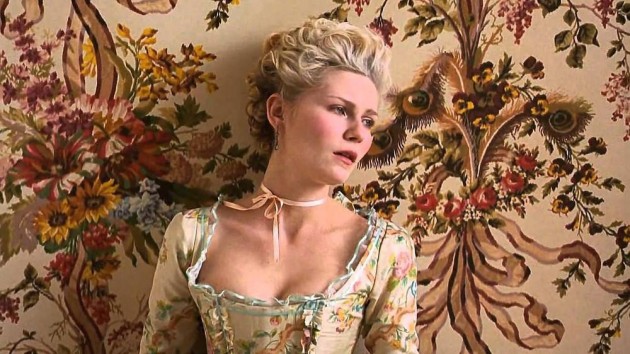
Marie Antoinette

